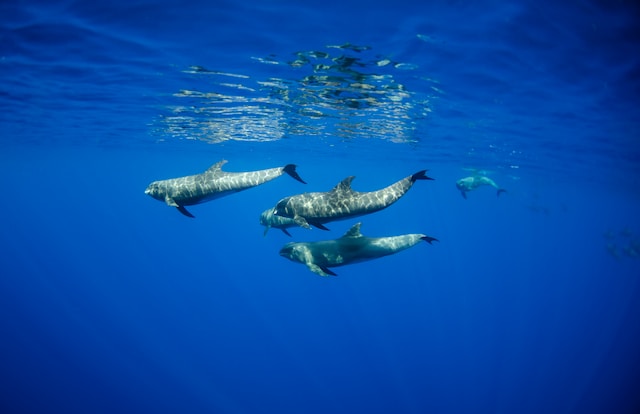In the face of escalating climate change, scientists and policymakers are exploring innovative solutions to combat the rising levels of carbon dioxide (CO2) in the atmosphere. One such solution gaining attention is marine carbon dioxide removal (CDR), a set of techniques aimed at harnessing the power of the oceans to mitigate the impacts of climate change. But is marine CDR the key to fighting climate change? Let’s delve into this topic and explore its potential role in our battle against global warming.
Marine CDR involves leveraging the ocean’s natural ability to absorb and store carbon to reduce the concentration of CO2 in the atmosphere. The oceans act as a massive carbon sink, absorbing about one-third of the CO2 emitted by human activities. However, with the increasing levels of CO2, the oceans are experiencing negative consequences such as ocean acidification and the disruption of marine ecosystems.
The primary goal of marine CDR is to enhance the ocean’s capacity to absorb and store more carbon, thereby reducing the CO2 concentration in the atmosphere. Several techniques are being explored to achieve this, including ocean fertilization, direct air capture, and alkalinity enhancement.
Ocean fertilization involves introducing nutrients into nutrient-depleted areas of the ocean, stimulating the growth of marine phytoplankton. These microscopic organisms absorb CO2 through photosynthesis and sequester it in their biomass. When the phytoplankton die, they sink to the ocean floor, locking away the carbon for long periods. However, the effectiveness and potential environmental impacts of large-scale ocean fertilization are still subjects of scientific debate and require careful consideration.
Direct air capture involves the use of specialized technology to capture CO2 directly from the atmosphere. The captured CO2 can be stored underground or utilized for other purposes, preventing it from entering the atmosphere. While direct air capture shows promise, it currently faces challenges related to cost, scalability, and energy requirements. Ongoing research and technological advancements are necessary to make this technique economically viable and environmentally sustainable.
Alkalinity enhancement is a novel approach that focuses on increasing the alkalinity of seawater to facilitate the absorption of CO2. By adding alkaline substances, such as limestone or silicates, to seawater, its ability to absorb and store carbon is enhanced. This technique not only addresses CO2 removal but also counteracts ocean acidification. However, like other marine CDR methods, it requires thorough evaluation to assess potential ecological impacts and long-term sustainability.
While marine CDR holds promise as a tool for reducing CO2 levels and mitigating climate change, it should not be viewed as a standalone solution. It should be complemented by aggressive emissions reduction strategies, transitioning to renewable energy sources, and adopting sustainable practices in various sectors. The ultimate goal should be to minimize our carbon footprint and transition to a low-carbon society.
As with any emerging technology, careful evaluation of the environmental, social, and economic implications is crucial. Ethical considerations must be at the forefront, and scientific research should guide decision-making. Open dialogue and collaboration among scientists, policymakers, and stakeholders are necessary to ensure that marine CDR is deployed responsibly and in harmony with nature.
While marine CDR shows potential, it is important to acknowledge that it is not a silver bullet. We cannot solely rely on these techniques to solve the climate crisis. They should be part of a comprehensive strategy that includes reducing emissions, protecting ecosystems, and adapting to the inevitable impacts of climate change.
In conclusion, marine carbon dioxide removal offers a glimmer of hope in the fight against climate change. By harnessing the oceans’ natural capacity to absorb and store carbon, we can potentially reduce the CO2 concentration in the atmosphere
. However, it is imperative to approach these techniques with caution, taking into account potential risks, scientific evidence, and ethical considerations. The key to fighting climate change lies in a multi-faceted approach that combines various mitigation and adaptation strategies. Marine CDR may be a valuable tool in this arsenal, but it cannot work in isolation.




